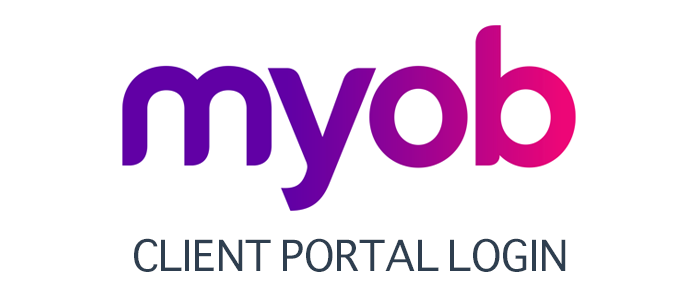Treasurer unveils design details for payday super
The government has released further details about the design of its payday super policy including an updated super guarantee charge framework.

.
The Albanese government has released further information about the design of its payday super policy in a factsheet published on Wednesday.
The reforms, which will apply from 1 July 2026, will require employers to pay their employees super at the same time as their salary and wages.
In a joint statement with the assistant treasurer, Treasurer Jim Chalmers said the new design details will help incentivise compliance and ensure employees are compensated for any delays in receiving their super.
The proposed design makes changes to the super guarantee charge framework to incentivise employers to quickly disclose and rectify any instances of unpaid
superannuation. It will increase the consequences for employers who don’t pay on time and apply bigger penalties for employers who repeatedly do the wrong thing.
Businesses will become liable for the updated superannuation guarantee charge if super contributions are not received by their employees’ superannuation fund within seven days of payday.
The government said this will provide time for payment processing to occur while also ensuring that swift action can be taken against employers that are not meeting their obligations.
The Treasurer said the revised choice of fund rules under the policy design will make it easier for employees to nominate their existing super fund when they start a new job, reducing unintended duplicate accounts and giving employers more timely and accurate details.
Chalmers said payday superannuation would be revolutionary for the country’s superannuation system.
“Paying super on payday is part of the government's efforts to ensure Australians earn more, keep more of what they earn and retire with more as well,” Chalmers said.
“This change will strengthen Australia’s superannuation system and help deliver a more dignified retirement to more Australian workers.”
Chalmers said by switching to payday super, a 25-year-old median income earner currently receiving their super quarterly and wages fortnightly could be around $6,000 or 1.5 per cent better off at retirement.
The push towards payday super follows the ATO’s estimation that $3.6 billion worth of super went unpaid in 2020–21 despite most employers doing the right thing.
The Australian Superannuation Fund Association (ASFA) welcomed the government’s announcement to introduce compulsory payday super from 1 July 2026.
ASFA CEO Mary Delahunty said this will ensure millions of Australians receive the superannuation they are owed and benefit from having their super invested earlier and more frequently.
“Payday super is a game-changer,” Delahunty said.
“This reform means workers will see their super build in real-time, alongside their wages and will mean less lost super and better investment outcomes in preparation for retirement.”
“We are sure that this change will encourage people to engage more regularly with their retirement savings.
ASFA noted this reform will prove a more fair and equitable superannuation system for all Australians as unpaid super usually disproportionately affects lower-income earners, casual workers and women.
“It’s about fairness. Payday super makes it more likely that Australians will receive the super contributions they’ve earned, paid on time, every time,” Delahunty said.
Imogen Wilson
19 September 2024
accountantsdaily.com.au




